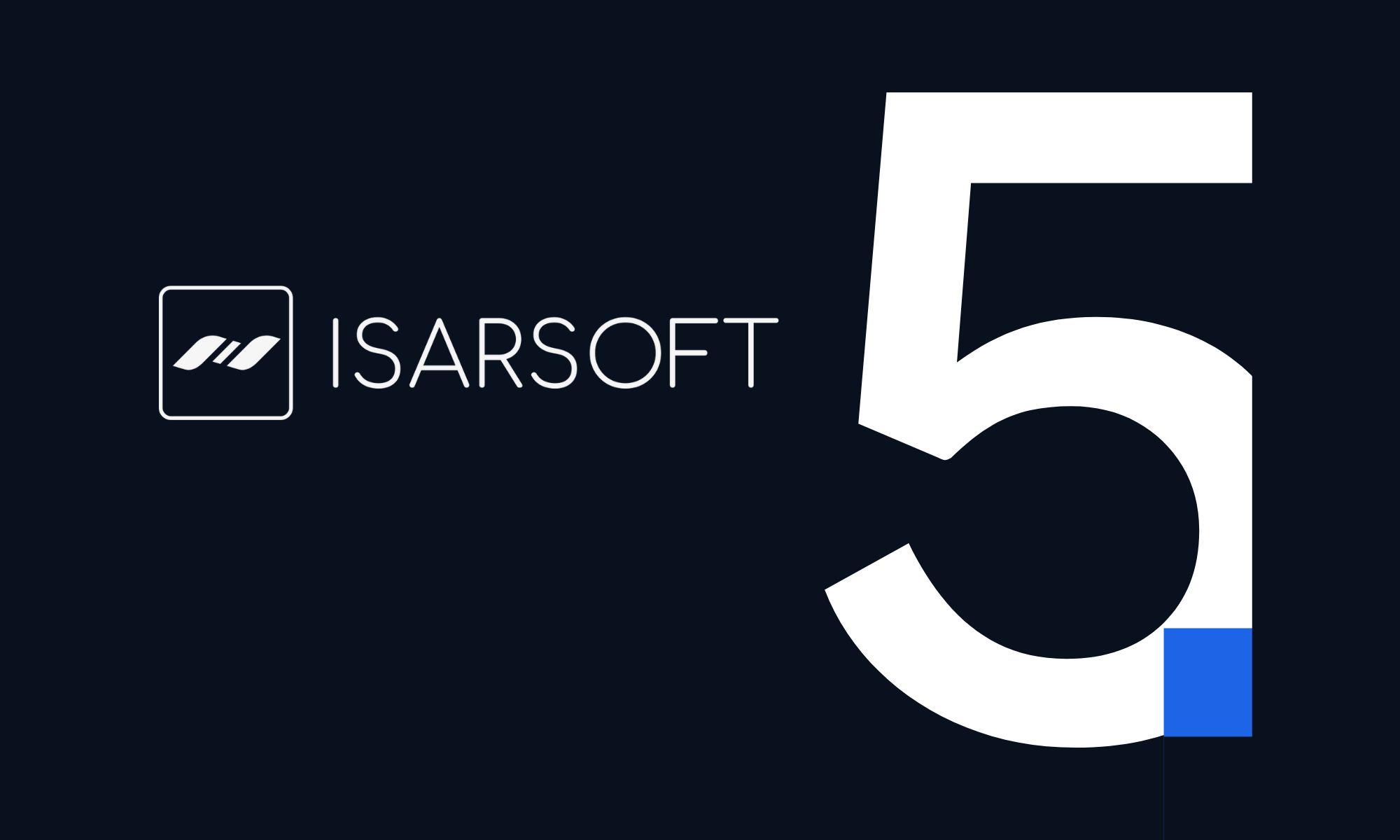How AI is Transforming Museum Operations: A Comprehensive Guide
2020 was a challenging year for museums worldwide, as the pandemic forced many to close their doors and rethink their strategies. However, those that embraced technology and AI found innovative ways to not only survive but also thrive. This article explores how these advanced tools are enabling museums to expand their reach, connect with global audiences, and transform their operations for the digital age.
Published
August 12, 2024
.avif)
The COVID-19 pandemic has significantly impacted museums worldwide, presenting new challenges and financial hardships. As countries enforced lockdowns and social distancing measures, many museums faced prolonged closures, resulting in a dramatic decline in visitor numbers. This sudden drop in attendance translated into severe financial struggles, as museums rely heavily on ticket sales, memberships, and donations.
Globally, museums of all types and sizes experienced significant challenges. For instance, the Louvre in Paris, one of the world's most visited museums, reported a more than 70% plunge in visitor numbers
in 2020 compared to the previous year. Similarly, the Metropolitan Museum of Art in New York projected a $150 million loss and 81 employee layoffs due to the pandemic. Smaller institutions, such as local history museums and community galleries, struggled even more, with some facing permanent closure.
.avif)
Despite these hardships, most museums tackled the challenge of the pandemic in innovative ways, unlocking the power of technology to expand their operations. Among the strategies and technologies adopted, artificial intelligence (AI) has emerged as a promising tool. Through the adoption of AI, they have gained deeper insights into visitor behavior, optimized their daily operations, and engaged with audiences in more dynamic and meaningful ways. Keep reading to discover how AI has become a game-changer for museums, helping them not only to survive but also to thrive in a rapidly changing world.
Effect of COVID-19 on Museums
Operational Challenges
The COVID-19 pandemic forced museums around the globe into an unprecedented state of operational disruption. Mandatory closures and lockdown measures led to the temporary shutdown of museums, halting all in-person activities and drastically reducing visitor numbers. As countries began to ease restrictions, museums faced the challenge of reopening under new guidelines, including social distancing requirements and reduced capacity limits. These changes necessitated extensive adjustments to their operations to ensure visitor and staff safety, from reconfiguring exhibit layouts to implementing rigorous sanitation protocols.
Financial Impact
The financial repercussions of the pandemic have been severe. With museums closed to the public, there was a significant loss of revenue from ticket sales, events, and gift shops. Many institutions, which rely heavily on these sources of income, saw their budgets shrink dramatically. The crisis was further compounded by funding cuts from government sources and other traditional financial supporters, leading to a scramble for emergency funding. Some museums were forced to make difficult decisions, including downsizing and permanent closures.
Digitalisation of Museums
In response to these challenges, museums have had to pivot quickly and innovate to stay afloat and continue their mission of education and cultural preservation. Many of these adaptation strategies have included leveraging technology in meaningful ways which not only help museums survive the pandemic but also future-proof their operations. The shift to digitalism has allowed museums new ways to grow, attract different audiences, and show artworks and artifacts in fresh, exciting ways that both teach and inspire.
The adoption of interactive 3D models and virtual reality (VR) environments allows visitors to explore exhibits in a dynamic and immersive manner. Digital archives and databases provide access to extensive collections and historical records, making it easier for researchers and enthusiasts to explore and study artifacts.
A notable example of these innovations is the Deutsches Museum. Their recent modernization efforts include cutting-edge virtual worlds and interactive dioramas, transforming the visitor experience. In 2022, the museum launched a series of exhibitions featuring immersive digital environments, blending traditional exhibits with groundbreaking technological advancements. Director General Heckl emphasized that these efforts represent a historic milestone for the museum, merging classic displays with modern technology. (Read more)
.avif)
Another leading institution in digital innovation is the Louvre Museum and the Musée National Eugène-Delacroix. They have significantly advanced their digital presence by developing an extensive Collections database. This resource, which encompasses over 500,000 works and is updated daily, reflects their commitment to art preservation and accessibility. The database offers a sophisticated digital experience, highlighting the institutions' dedication to integrating technology with their operations. (Explore the collection)
AI in Museums
As museums push the boundaries of digital innovation, AI is taking their capabilities to new heights. AI is not just a technological addition; it's a game-changer that revolutionizes how museums operate. From creating personalized visitor experiences to optimizing the management of vast collections, AI introduces countless groundbreaking applications. Imagine AI-driven interactive exhibits that respond to individual interests, or sophisticated algorithms that enhance collection care and operational efficiency.
Visitor Feedback Analysis
Imagine sifting through thousands of visitor survey comments to uncover what people truly think about their museum experience! This is where NLP (Natural Language Processing) and sentiment analysis tools come into play, transforming this daunting process into a breeze. NLP and sentiment analysis are two important subcategories within AI, each serving specific functions related to language and emotion processing.
NLP can be used to detect and extract relevant information from text data—like comments about a service or product. Following this, sentiment analysis can evaluate the emotional tone of these comments, providing a sentiment score that helps companies understand general customer feelings toward their offerings.
By harnessing these advanced technologies, museums can swiftly pinpoint which aspects of their offerings resonate positively or negatively with visitors. This insight allows for crafting precise improvement strategies and making informed decisions based on real, actionable feedback. In essence, NLP and sentiment analysis empower museums to not just listen to their visitors but to truly understand them, leading to a more refined and satisfying museum experience. and satisfying museum experience.
Collection Management
Efficient art classification is vital for museums and has been transformed by computer vision, a sophisticated AI technology. This feature automates the tagging of museum collections, enhancing searchability, accessibility, and user engagement. Traditionally, manual tagging required significant time and effort. In contrast, computer vision streamlines this process by analyzing images to generate accurate, consistent tags.
This automation makes art pieces more discoverable to a broader audience, significantly improving resource efficiency and the overall user experience. By integrating computer vision, museums can offer more interactive and accessible collections, enriching visitor interactions with their art.
Accessibility
Museums are harnessing the power of artificial intelligence to craft personalized experiences that enhance engagement and broaden inclusivity. AI's ability to adapt exhibits for individuals with disabilities is particularly transformative. For example, visual artworks can be converted into tactile or auditory formats, making art accessible in new, innovative ways.
This tailored approach not only overcomes traditional barriers but also ensures that a wider, more diverse audience can appreciate the rich offerings of the museum. By integrating these advanced AI technologies, museums are not just expanding access—they are redefining the boundaries of who can interact with art and how.
AI Video Analytics in Museums
AI video analytics stands out as a specialized application within the broader field of artificial intelligence, significantly enhancing how museums manage operations, planning, and security. This technology offers deep insights and sophisticated data interpretation capabilities far beyond traditional applications.
Enhancing Museum Operations with AI
- Creating Heat Maps: Visual tools like heat maps show visitor density across different museum areas, helping staff optimize exhibit layouts and manage visitor flow during peak times.
- Analyzing Visitor Flow: Detailed analyses of how visitors move through the museum provide essential data for designing efficient routes and improving the overall visitor experience.
.avif)
Strategic Planning Through AI
- Measuring Footfall: Accurate counts of visitor numbers inform crucial decisions about staffing and security, aiding in effective operational planning.
- Predictive Analysis: AI-driven predictive models forecast visitor trends, allowing for better preparation for future exhibitions and events.
Watch the video below for a step-by-step guide on how to measure movement patterns using the Isarsoft Perception dashboard:
AI-Enhanced Security Measures
- Anomaly Detection: Advanced surveillance systems powered by AI detect unusual activities, ensuring quick responses to potential security threats.
Data Privacy and Security Concerns
The integration of AI video analytics in museums raises important ethical concerns, particularly regarding data privacy and security. The collection and analysis of video data could potentially expose identifiable visitor information, posing a privacy risk.
- Automatic Anonymization: Automatic anonymization blurs or distorts identifiable features in video data, ensuring that analysis focuses solely on behavior and crowd dynamics without compromising visitor privacy.
.avif)
- GDPR Complience: Aligning with the General Data Protection Regulation (GDPR) ensures that data handling adheres to strict privacy and security standards, reinforcing transparency and minimizing data collection.
Future Prospects
The long-term impacts of COVID-19 have undeniably reshaped museum operations and visitor engagement, accelerating the adoption of digital technologies. As museums continue to navigate these changes, the potential for further digital innovation and AI integration is vast. These technologies promise not only to enhance the visitor experience but also to streamline museum operations in increasingly sophisticated ways.
In this era of rapid change, adaptability and resilience have become crucial for the cultural sector. Museums must continue to embrace new technologies to remain relevant and engaging. However, it is equally important that they do so while preserving their core mission—to educate, inspire, and preserve cultural heritage. By balancing technological advancement with traditional values, museums can ensure they remain cherished institutions for future generations.
As we look forward, it's clear that the integration of technology will continue to be pivotal in defining the success and sustainability of museums worldwide. It is an exciting time for innovation in the cultural sector, and embracing these changes will be key to thriving in the post-pandemic landscape.
More about Isarsoft
With Isarsoft Perception, your camera systems become part of your business intelligence. Whether the goal is to increase efficiency, customer satisfaction, or safety, Isarsoft Perception provides the insights needed for informed decisions.

Contact us, to learn more about how to turn security cameras into intelligent sensors.
References
Louvre museum visitors dropped more than 70% in virus-wracked 2020
N.Y.'s Met Museum Projects $150 Million Shortfall, Lays Off 81 Employees



